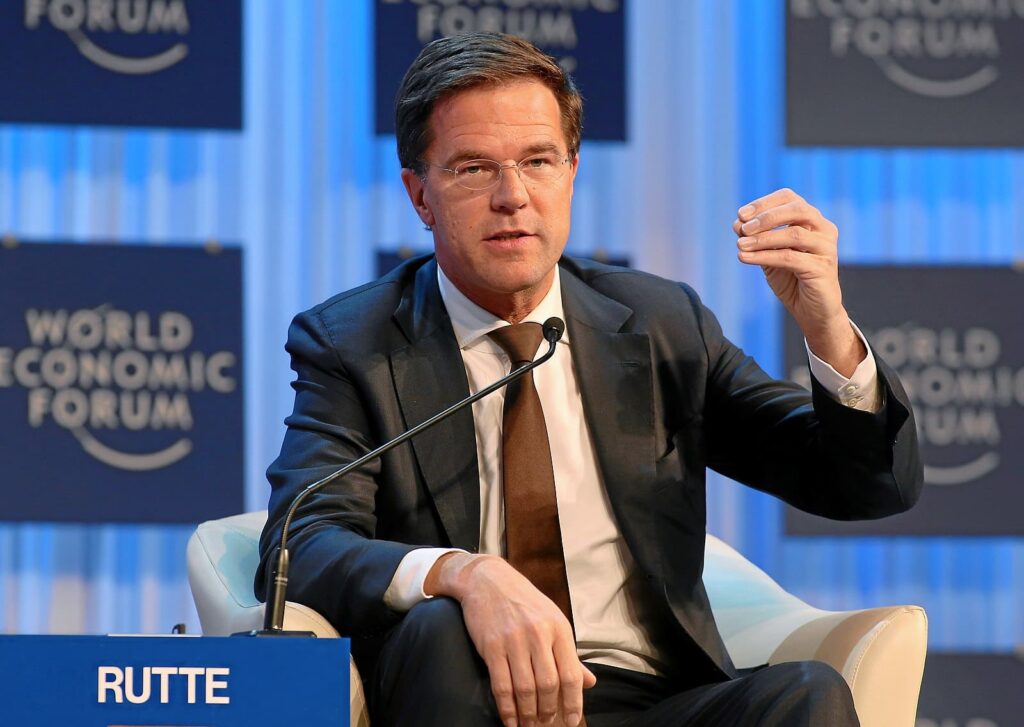
The organization of the North Atlantic Treaty (NATO) could exceed US $ 58 billion in military aid to Ukraine by the end of 2025, as estimated on Wednesday, 25, by the Alliance Secretary General, Mark Rutte. The projection was presented during a press conference after the NATO summit held in The Hague, the Netherlands.
According to Rutte, the trend observed in the first half of the year indicates that the rhythm of military support this year exceeds the registered in 2024, when the member countries had promised more than $ 50 billion to Ukraine.
“It’s hard for me to predict exactly, but you can safely assume that the trajectory in the first six months is really above last year’s trajectory. And by the end of the year it will be above the more than 50 billion promised for 2024. So I am optimistic about it, but I won’t make a concrete forecast,” Rutte said at the time.
NATO military support intensifies amid the prolonged war
The increase in military assistance volume occurs at a time when the conflict between Russia and Ukraine enters its third year. The war, which began in February 2022, has generated continuous efforts from NATO member countries to maintain support for Ukrainian defense by sending weapons, equipment and training.
Rutte’s assessment indicates that the alliance intends to maintain a continuous line of support for Ukraine, despite the economic and political pressures faced by some European governments. The estimate of over US $ 58 billion reinforces NATO’s commitment to Eastern European allies amid a security conjuncture considered unstable by alliance countries.
Russia criticizes continuous supply of weapons
NATO’s position has been harshly criticized by the Russian government, which considers the sending of weapons by the West as an extension factor of war and an obstacle to the resumption of diplomatic negotiations.
Russia argues that NATO’s military involvement characterizes a direct performance in the conflict. Kremlin authorities have stated that alliance countries would be becoming “active participants” of war to provide armaments and strategic support to the Kiev government.
In the Russian evaluation, the continuous supply of military resources to Ukraine aggravates instability in the region and makes any attempted lasting cease unfeasible. The Moscow government has reiterated that it intends to maintain its actions until its strategic objectives are achieved.
NATO keeps regular domes on the war in Eastern European
The meeting of Leaders in The Hague is part of NATO’s strategy of maintaining periodic meetings to discuss the progress of the war in Ukraine and evaluate the next steps of the alliance. The completion of the summit occurs in a context of negotiations between the member countries about the budget and the responsibilities of each nation in the collective effort.
Since the beginning of the war, NATO’s domes have served as forums for the coordination of political and military strategies regarding conflict. In addition to direct support to Ukraine, alliance countries also discuss containment measures in the face of the Russian military presence in areas near the borders of the member countries.
Future estimates remain without closed numbers
Despite indicating optimism regarding increased help, Mark Rutte avoided presenting exact projections for the coming months. The statement of NATO’s new secretary general reflects the cautious position of the alliance in the face of the political and financial uncertainties involving the European and American scenario.
Rutte recently assumed the command of the organization amid internal debates on the sustainability of prolonged military support. His speech signals that the commitment to Ukraine remains unchanged, but without formal promises on final values or detailed deadlines.
War maintains pressure on European countries
The continuity of the conflict has generated economic and political impacts in several nations that make up NATO. The allocation of resources for military support to Ukraine is the subject of debates in national parliaments, especially in the face of internal issues such as inflation, social policies and energy security.
Still, alliance leaders have been reiterating the need to maintain the flow of assistance, claiming that the region’s stability depends on Ukraine’s ability to defend itself. According to them, the cost of a possible territorial expansion by Russia would be superior to the current investment in military support.
NATO’s next summit on the subject is expected to occur in the United States, where members should present new data on the commitments made and the values effectively passed on by the end of 2024.
Source: https://www.ocafezinho.com/2025/06/26/otan-pode-superar-us-58-bilhoes-em-ajuda-militar-a-ucrania-ate-2025-diz-secretario-geral/

